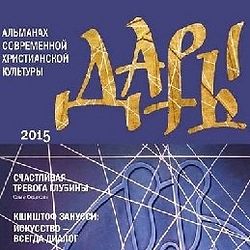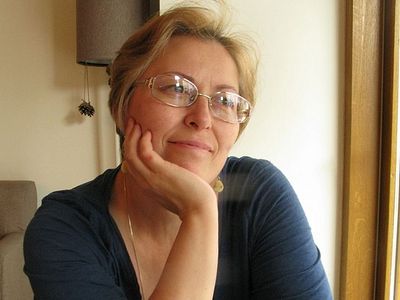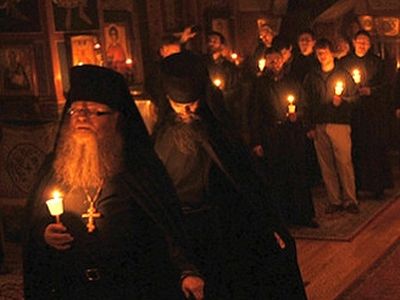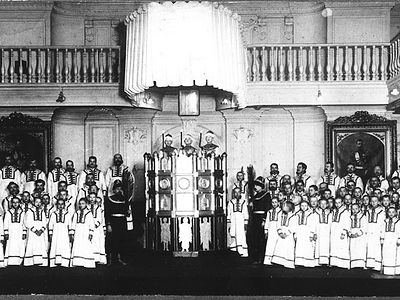Moscow, March 16, 2015

The launch of Dary, or “Gifts”, which is published in a glossy magazine format, came just before Patriarch Kirill I of the Russian Orthodox Church publicly denounced Kazimir Malevich’s Black Square, 1915 as a “black and frightening” reflection of darkness both in the soul of the artist and in society at large.
The magazine is published by Artos, an association created to promote Christian contemporary culture. “Artos” is a Greek word that the Russian Orthodox Church uses to signify “communion bread”. The association’s statement of purpose reads: “In the modern era, which some characterise as ‘post-Christian’, there are artists who are inspired by the Bible and the teachings of the Church, and who feel a strong connection with tradition. At the same time they are searching for a new figurative and artistic language.”
Artos held an exhibition of contemporary Orthodox art, from iconography to sculpture, video art and installations, at the Schusev State Museum of Architecture (December 2013-January 2014). The exhibition, which was also called “Dary”, was curated by Gor Chahal, a well-known conceptual artist, and Sergei Chapnin, editor of the Journal of the Moscow Patriarchate, who is also a photographer with a longstanding interest in the interaction of the sacred and secular in art. Chapnin says Artos has already had several offers to organise exhibitions in Italy, as well as receiving interest from the US.
Later this year, the organisation will be participating in its second joint conference in Sicily, on 30 September-4 October, with Il Baglio, an association of European Christian artists. Chapnin says that, at the first edition of the conference, Artos artists were inspired by the Byzantine mosaics in Palermo, Cefalu and Monreale, which are integral parts of the Catholic tradition there. He also remarks that Russian and Italian religious artists are often confronted by the same problem, only from opposite perspectives. “Here [in Russia] the demand is only for traditional art and anything else is regarded with suspicion. In Italy, the demand is only for the new, and anything else is regarded with suspicion.”
In Russia, this has already caused problems for one of the most highly-praised works of new iconography—a chapel by Irina Zaron, an iconographer and painter, decorated with wood and stone carvings by her husband, Sergei Antonov, a sculptor. The iconography stands out for its muted tones, modern elements and mastery of traditional Russian iconography, but it is currently not on view because the bishop in charge of Moscow’s Andreevsky Monastery, where it resides, has not approved it yet. Chapnin, who calls it a masterpiece, believes that “masterpieces never have an easy fate.”



